Biology - Biologia: Extraordinary Microscope Photographs - The Olympus BioScapes exhibit - Winners and Honorable mentions - The Boston Globe Big Picture - Extraordinary photos - RECOMMENDED
Posted by Ricardo Marcenaro | Posted in Biology - Biologia: Extraordinary Microscope Photographs - The Olympus BioScapes exhibit - Winners and Honorable mentions - The Boston Globe Big Picture - Extraordinary photos - RECOMMENDED | Posted on 1:08
Extraordinary Microscope Photographs
The Olympus
BioScapes Digital Imaging Competition winners are currently on display
at the New York Hall of Science. This competition, in its ninth year,
is a dynamic international photo competition which honors the world's
most extraordinary microscope images and videos of biological subjects.
The Olympus BioScapes exhibit will be on display through August 31st.
You can see the winners and many honorable mentions on the Olympus Bioscapes web site. -- Paula Nelson (19 photos total)

FIFTH PLACE - Specimen:
Live coral Goniastrea sp., known as green brain coral. One full polyp
in the center is shown with four surrounding polyps. Walled corallites
are purple. Technique: Phase contrast illumination. (James H.
Nicholson/NOAA/NOS/NCCOS/Fort Johnson Marine Resources
Center/Charleston, South Carolina, USA) #

SIXTH PLACE - Specimen: Stinkbug eggs. Technique: Brightfield illumination. (Haris Antonopoulos/Athens, Greece)

SEVENTH PLACE - Specimen: Drosophila ovaries and uterus. Technique: Fluorescence. (Gunnar Newquist/University of Nevada/Reno, Nevada, USA)

NINTH PLACE - Specimen: Living diatom Mediopyxis helysia, showing the cell nuclei and golden chloroplasts. Technique: Brightfield. (Wolfgang Bettighofer/Kiel, Germany)

TENTH PLACE - Specimen: Spherical colonies of Nostoc commune, a bluegreen alga.Technique: Darkfield illumination. (Gerd Guenther/Duesseldorf, NRW, Germany)

HONORABLE MENTION - Specimen:
Serum arrested Mouse L-1210 cells engaged in spontaneous apoptosis
(programmed cell death) after nutrient depletion and acid hydrolysis. Technique: Phase contrast microscopy, 400x, image scanned and enlarged. (Frank Abernathy/Jamestown, Ohio, USA)

HONORABLE MENTION - Specimen: Plant seed from freshwater pond near Moscow, Russia. Technique: Fluorescence, 10x objective. (Daniel StoupinMoscow, Russian Federation)

HONORABLE MENTION - Specimen: Cross section of a cat tooth showing membrane surrounding the outside of tooth. Technique:
Darkfield illumination, 25x magnification. Image composed of 38 images.
(Tim Tiebout/Rochester Institute of Technology/Rochester, New York,
USA)

HONORABLE MENTION - Specimen: Neuronal culture. Technique:
Fluorescence, 6 images stitched at 40x magnification. – (Dr. Jan
Schmoranzer/Freie University, Berlin, Institute for Chemistry and
Biochemistry/Berlin, Germany)
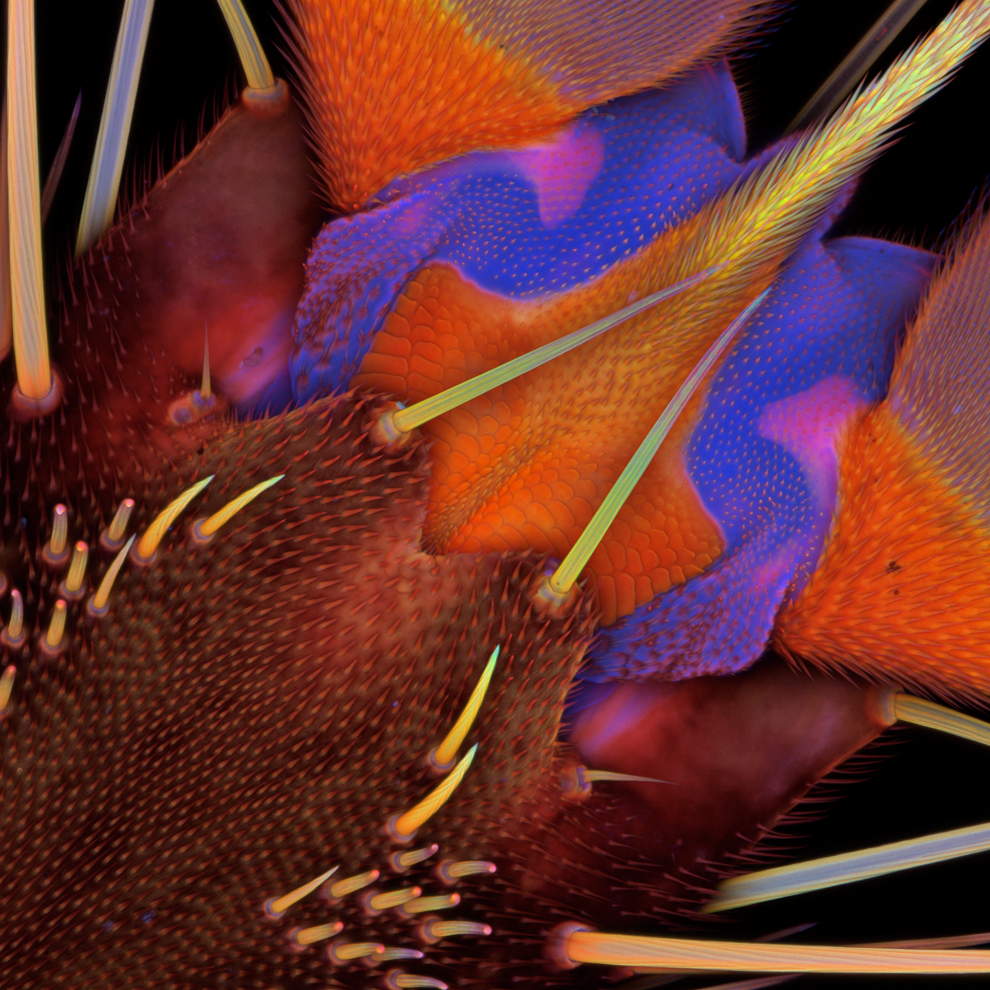
HONORABLE MENTION – Specimen: Pretarsus of the third leg of a female drone fly (Eristalis tenax), ventral view. Technique: Confocal, autofluorescence, 20x. (Dr. Jan MichelsInstitute of Zoology/Christian-Albrechts-Universität zu Kiel/Kiel, Germany)
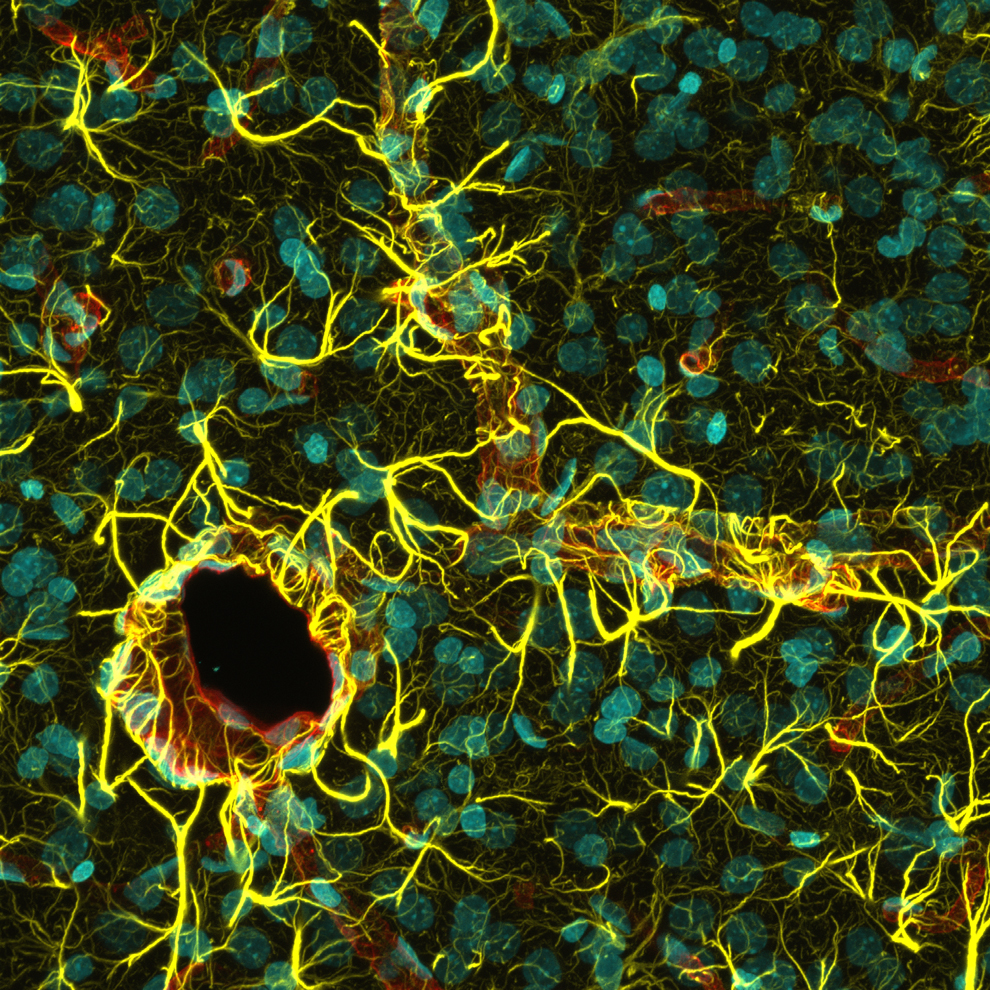
HONORABLE MENTION – Specimen: Rat cerebral cortex with astrocytes’ (yellow) endfeet wrapping around blood vessels (red). Cell nuclei are cyan. Technique: Confocal microscopy, spectral imaging with 50 Z-slices. (Madelyn May/Rensselaer Polytechnic Institute/Troy, New York, USA)
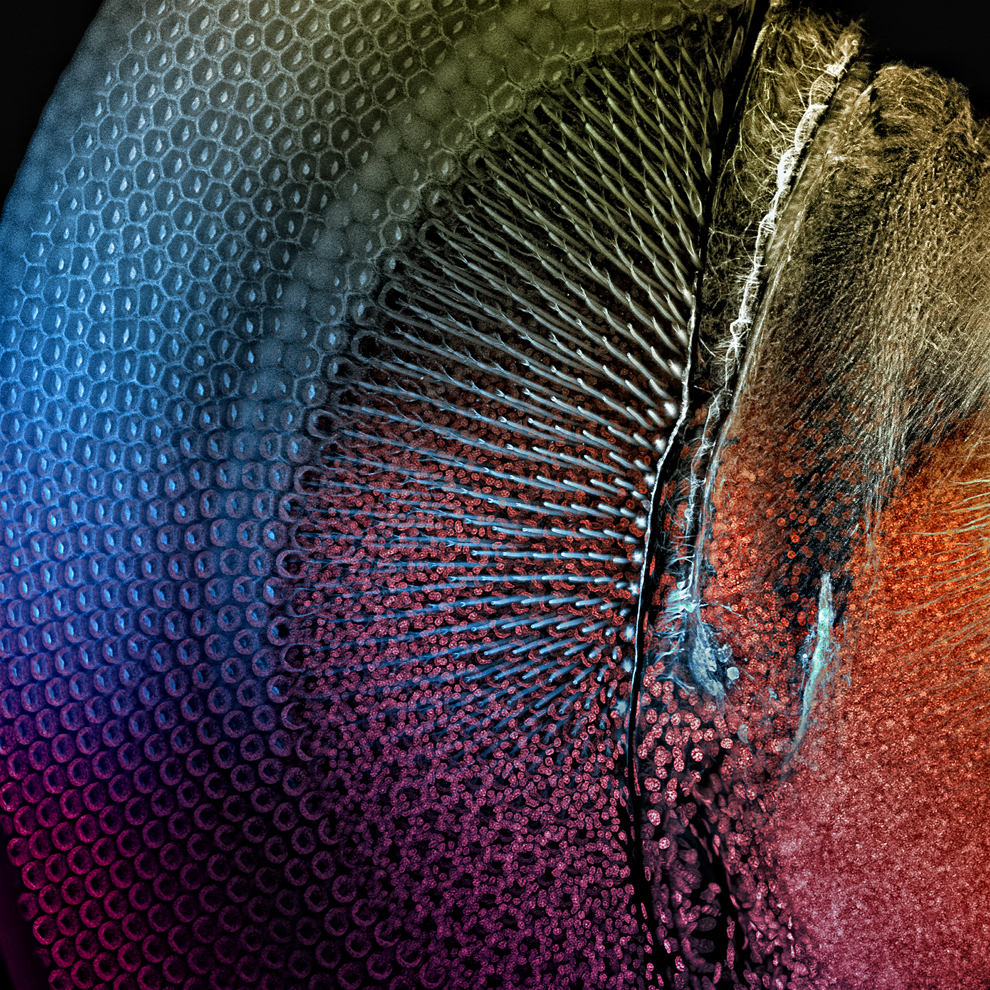
HONORABLE MENTION - Specimen: Damselfly eye. The image reveals the regular, crystal-like hexagonal lattice of the eye’s elements. Technique: Projection of confocal stack, 20x objective. (Dr. Igor Siwanowicz/Max Planck Institute for Neurobiology/Munich, Germany)
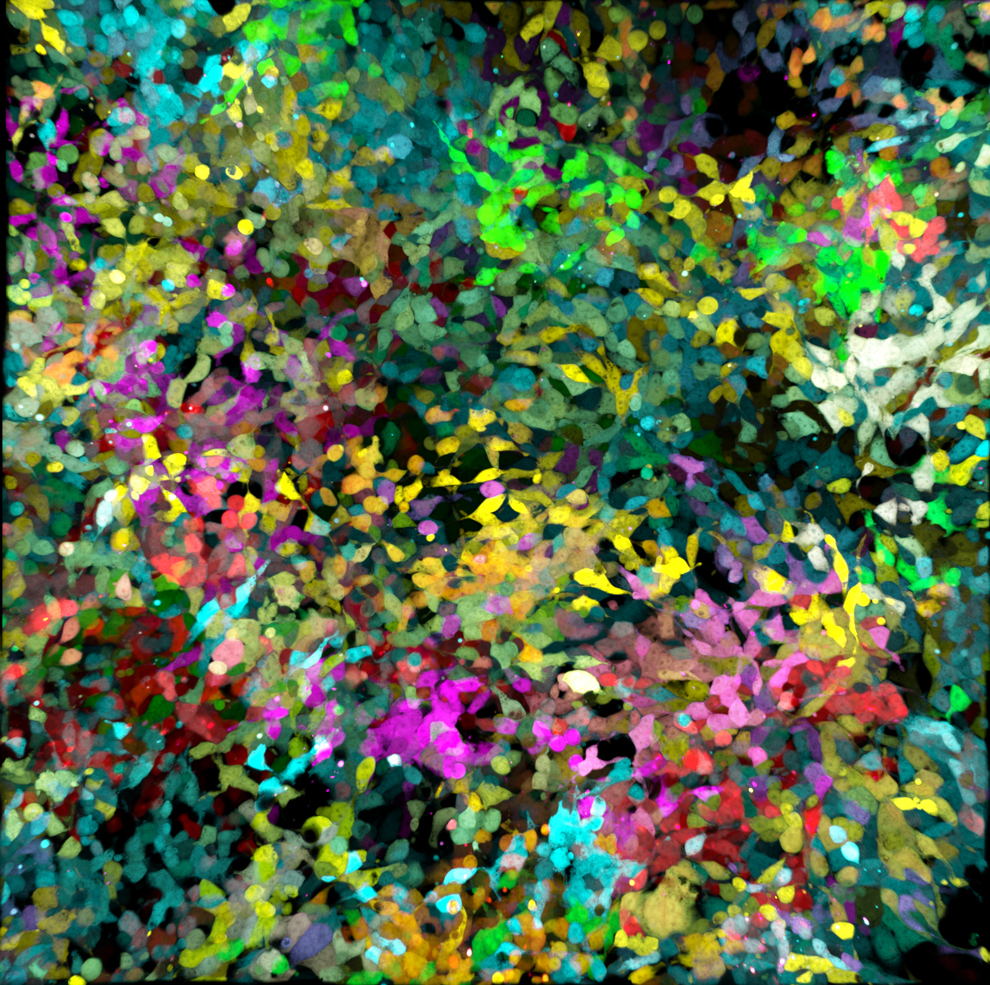
HONORABLE MENTION – Specimen: NIH-3T3 connective tissue cells co-transduced with 5 fluorescent proteins. Technique: Confocal microscopy. (Dr. Daniela Malide/National Institutes of Health/ Bethesda, Maryland, USA)
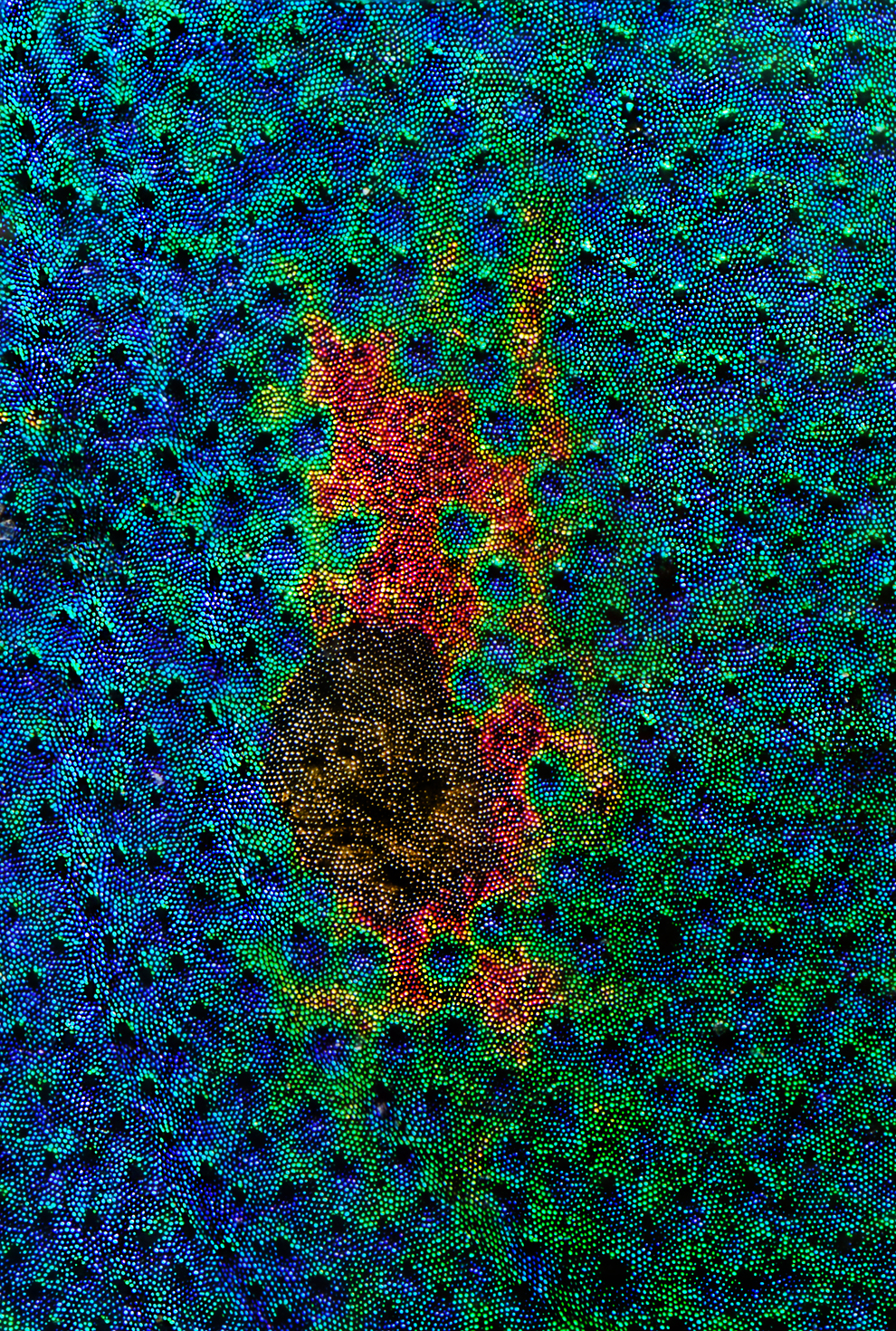
HONORABLE MENTION – Specimen: Forewing (elytron) of the green tiger beetle. (Cicindela campestris) Technique: Reflected light microscopy. (Dr. Jerzy Gubernator/Wroclaw, Poland)
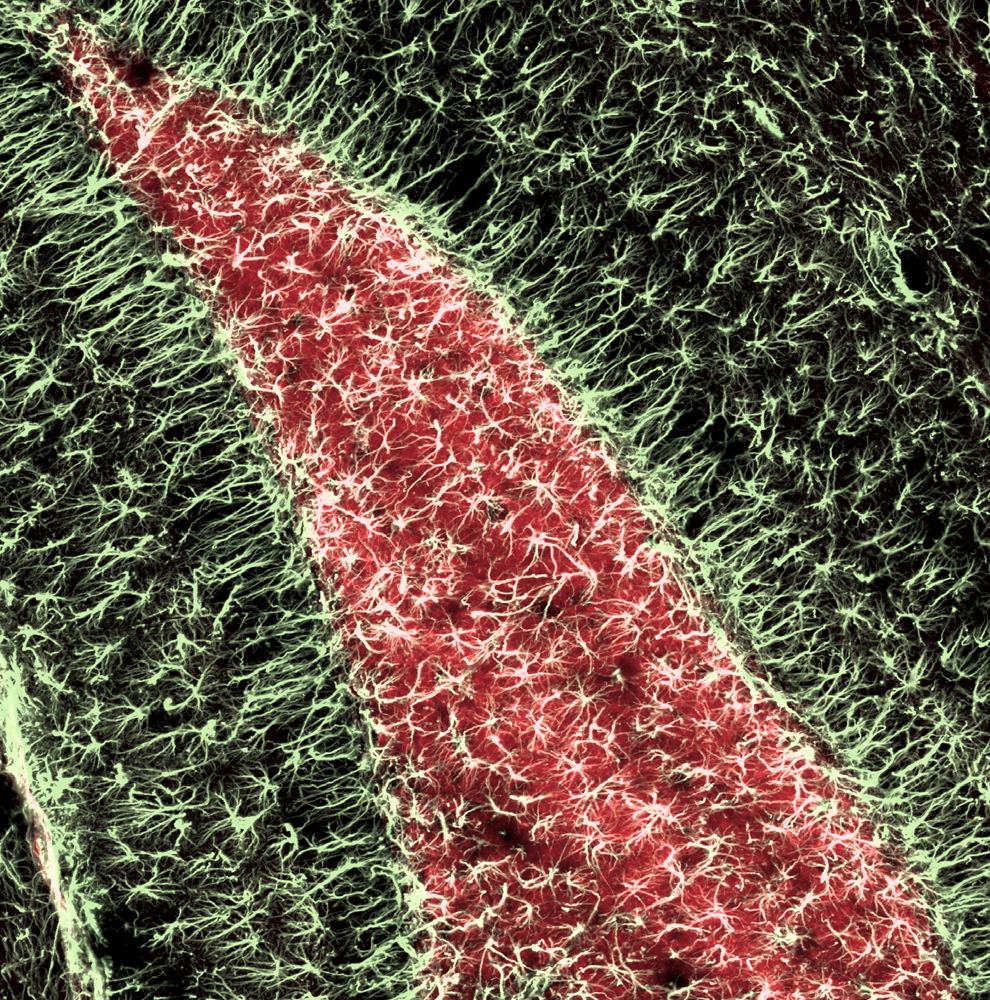
HONORABLE MENTION – Specimen:
Adult mouse hippocampus, a region of the brain involved in learning and
memory. Reactive astroglia (pale yellow) have proliferated and enlarged
in response to neuronal activity over time. Technique:
Confocal microscopy, Z-stack of 7 slices. (Dr. Sandra Dieni/Institute of
Anatomy and Cell Biology, Albert-Ludwigs University/Freiburg, Germany
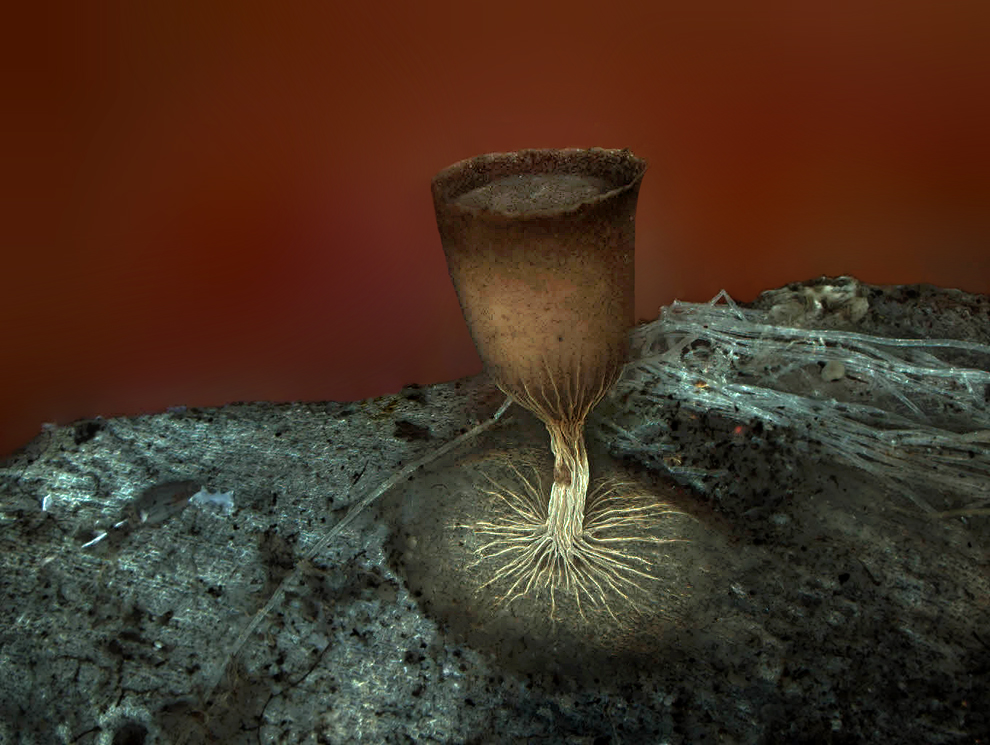
HONORABLE MENTION – Specimen: Sporangium of the slime mold Craterium minutum. Technique: Fluorescence. (Dr. Dalibor Matýsek/Mining University - Technical University of Ostrava/Ostrava, Czech Republic)
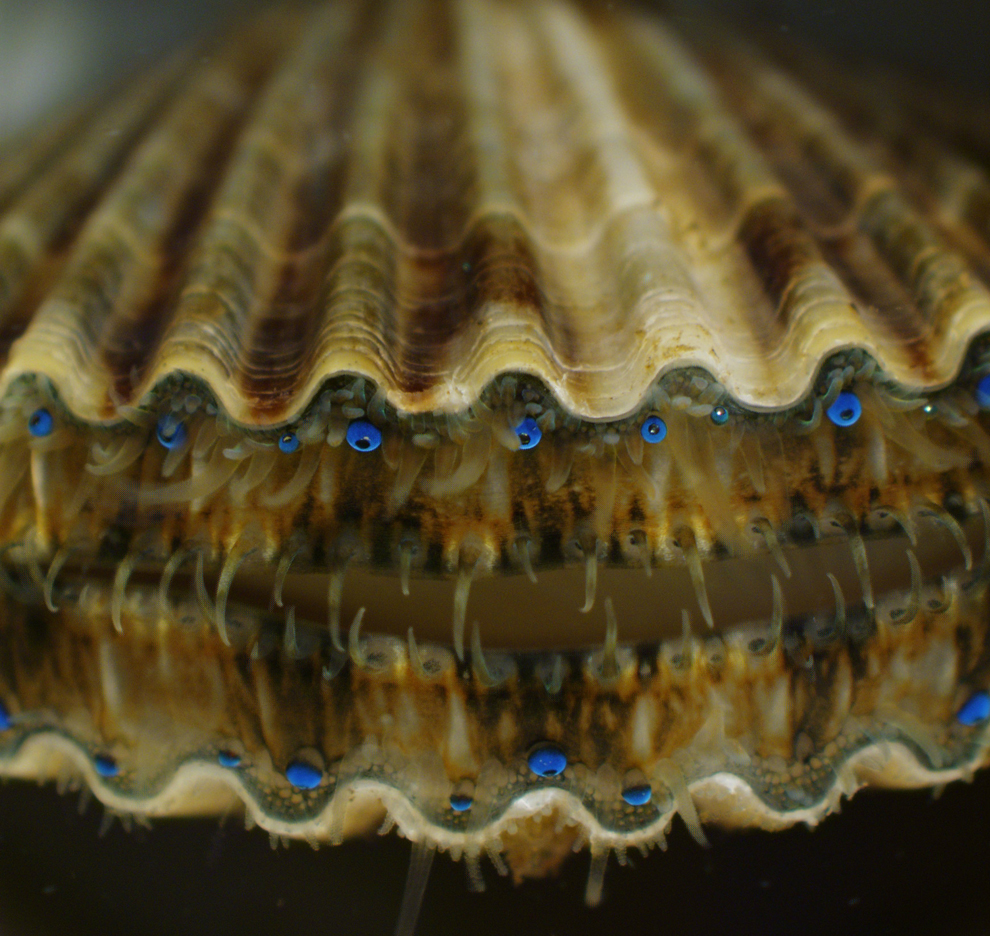
HONORABLE MENTION - Specimen:
Juvenile live bay scallop Argopecten irradians. The ultimate goal of
this research is to help restore scallop populations in Rhode Island. Technique:
Stereomicroscopy, 1x magnification. (Kathryn Markey/Aquatic Diagnostic
Laboratory, Roger Williams University/Bristol, Rhode Island, USA)
Biology - Biologia: Extraordinary Microscope Photographs - The Olympus
BioScapes exhibit - Winners and Honorable mentions - The Boston Globe
Big Picture - Extraordinary photos - RECOMMENDED
Ricardo M Marcenaro - Facebook
Operative blogs of The Solitary Dog:
solitary dog sculptor:
http://byricardomarcenaro.blogspot.com
Solitary Dog Sculptor I:
http://byricardomarcenaroi.blogspot.com
Para:
comunicarse conmigo,
enviar materiales para publicar,
propuestas:
marcenaroescultor@gmail.com
For:
contact me,
submit materials for publication,
proposals:
marcenaroescultor@gmail.com
Diario La Nación
Argentina
Cuenta Comentarista en el Foro:
Capiscum
My blogs are an open house to all cultures, religions and countries. Be a follower if you like it, with this action you are building a new culture of tolerance, open mind and heart for peace, love and human respect.
Thanks :)
Mis blogs son una casa abierta a todas las culturas, religiones y países. Se un seguidor si quieres, con esta acción usted está construyendo una nueva cultura de la tolerancia, la mente y el corazón abiertos para la paz, el amor y el respeto humano.
Gracias :)


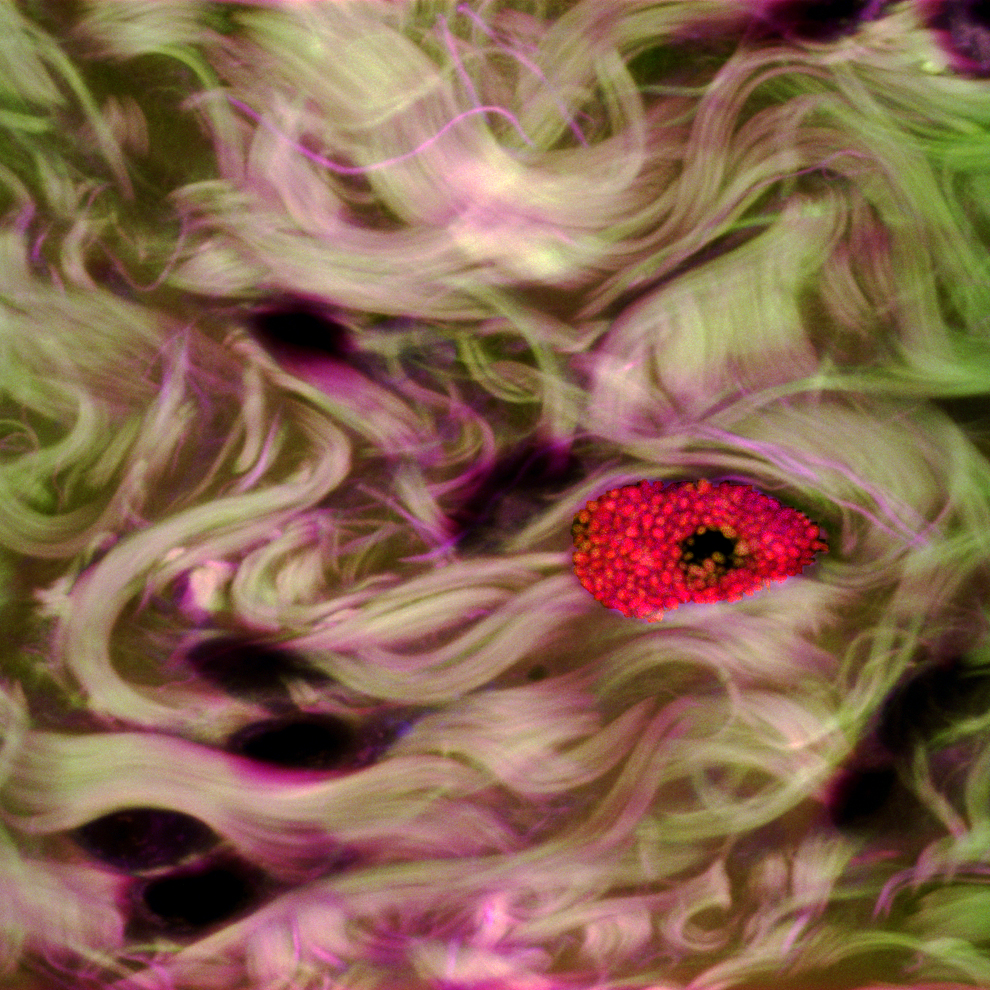

Comments (0)
Publicar un comentario